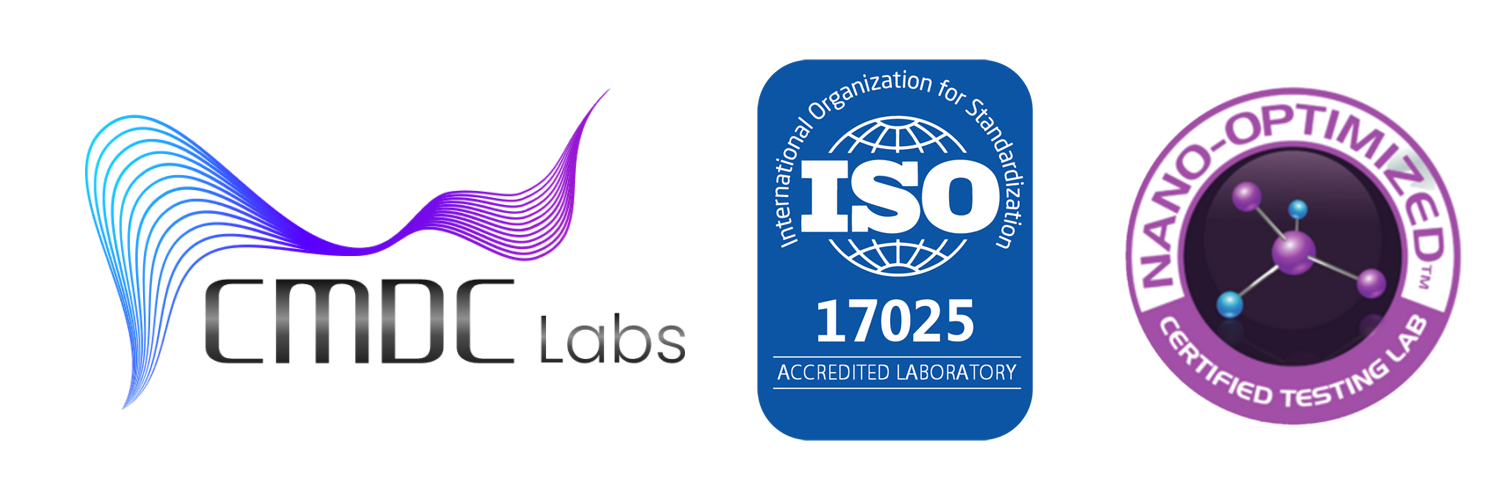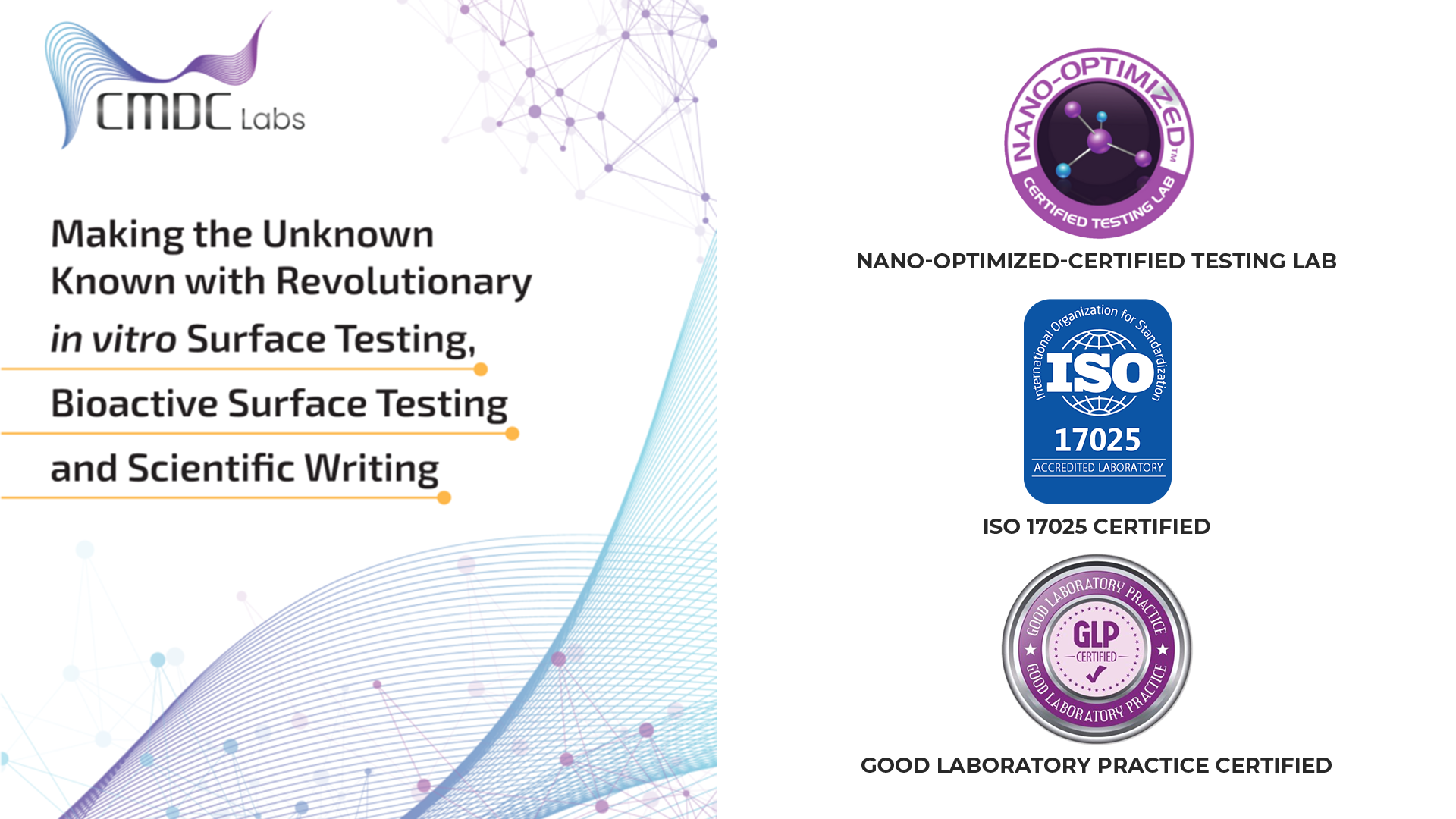Sterility and bioburden testing are critical components of ensuring the safety and efficacy of medical devices, pharmaceutical products, and healthcare environments. These testing protocols play a pivotal role in identifying and mitigating potential microbial contamination risks, safeguarding both patient health and product integrity. In this in-depth analysis, CMDC Labs delves into the intricacies of sterility and bioburden testing protocols, shedding light on their significance, methodologies, and best practices.
Understanding Sterility Testing:
Sterility testing is a cornerstone of quality assurance in the medical and pharmaceutical industries. It involves assessing the absence of viable microorganisms in a product or environment, thereby confirming its sterile state. Various regulatory bodies, including the United States Pharmacopeia (USP), prescribe stringent guidelines for sterility testing, emphasizing the need for robust methodologies and meticulous execution.
Key Components of Sterility Testing Protocols:
CMDC Labs explores the essential elements of sterility testing protocols, including sample collection, preparation, and incubation. We delve into the importance of using appropriate culture media and incubation conditions to facilitate microbial growth detection. Additionally, we highlight the significance of validating sterility testing methods to ensure their accuracy and reliability.
Navigating Bioburden Testing:
Bioburden testing focuses on quantifying the microbial load present on medical devices, pharmaceutical products, and other healthcare-related surfaces. By assessing bioburden levels, manufacturers can implement effective sterilization processes and establish appropriate product specifications. CMDC Labs provides comprehensive insights into the principles and methodologies of bioburden testing, emphasizing the need for thorough sample collection and analysis techniques.
Best Practices for Sterility and Bioburden Testing:
In this section, CMDC Labs offers practical recommendations and best practices for optimizing sterility and bioburden testing protocols. From implementing risk-based approaches to ensuring compliance with regulatory standards, our experts provide valuable guidance to laboratories and manufacturers seeking to enhance their testing methodologies.
Conclusion:
Sterility and bioburden testing protocols are indispensable tools for maintaining product quality and patient safety in the healthcare industry. By conducting thorough analyses and adhering to established protocols, laboratories and manufacturers can mitigate microbial contamination risks and uphold the highest standards of quality assurance. CMDC Labs remains committed to providing expertise and support to organizations navigating the complexities of sterility and bioburden testing, ensuring the delivery of safe and effective medical products.

